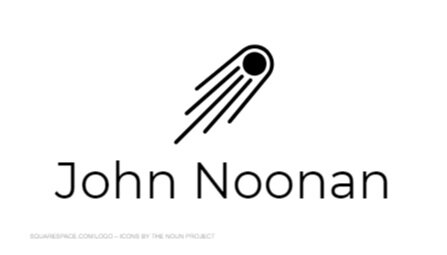Image Credit: ESA/OSIRIS/DLR/NASA
Rosetta Alice UVS observations of 67p/Churyumov-gerasimenko
Since 2014 I’ve worked on the European Space Agency Rosetta mission, specifically with the Alice ultraviolet spectrograph (UVS). Most of my research has focused on the emission mechanisms in the inner coma of 67P/Churyumov-Gerasimenko, specifically from the influence of the plasma environment.
Hubble space telescope observations of 46p/wirtanen (Go-15625)
I’m part of a team that observed the comet 46P/Wirtanen using the Hubble Space Telescope during its historic close approach to the Earth in late 2018/early 2019. Using the COS and STIS instruments on board the observatory we were able to observe the innermost parts of the coma, regions that are extremely hard to resolve for most comet observations. With this HST data we can directly compare the UV spectra of the inner coma of 46P to 67P to better understand the physics, chemistry, and plasma influence on emissions.
HUBBLE SPACE telescope observations of 2i/Borisov (go-16049)
In the fall of 2019 a comet was identified by amateur astronomer Gennady Borisov that appeared to have a hyperbolic orbit, indicating that it wasn’t bound to our Solar System. Our team proposed to use the Hubble Space Telescope COS instrument to identify the same gases that we were searching for in 46P and 67P. Should the observations prove successful, we will have the first UV spectrum of an interstellar object.
Hubble space telescope observations of 67p/Churyumov-gerasimenko (GO-16770)
Following the success of the Rosetta mission the opportunity to observe the mission target 67P again, one orbit later, presented itself. Given the vast trove of data that we had on the comet’s activity patterns, compositions, and coma environment it seemed prudent to observe it closely with HST. Ideally the would be to determine how much of that information learned from Rosetta could be discerned from the remote observations that are the standard for most comets.
Investigating Sulfur Abundances and Distributions in UV Comet Observations (AR-17031)
Between 1978 and 2022 we’ve identified 78 comets with abundant sulfur emissions observed by HST and the now decommisioned IUE spacecraft. We proposed re-analysis of the UV data from HST and IUE of comets that would be comprehensive and complete, complying with the requirements for a legacy archive proposal, to improve on the characterization of cometary atomic sulfur. This improvement would be threefold, with new reduction, analysis, and literature to draw on since the last cometary sulfur census in 1998.
Testing The Refractory Sulfur Reservoir Hypothesis with the Next Interstellar Object (GO-17780)
Upon the arrival of the next interstellar object (which ended up being 3I/ATLAS, discovered July 1, 2025) we will trigger HST observations of the object in FUV to capture atomic and molecular emissions both before and after perihelion. We are currently working on scheduling these now!
Active, but at What Cost? Determining Temporary Jupiter Co-orbital Comet P/2023 V6's Size and Probing The Gateway Region
Out in a remarkably circular orbit is an object that is active, testing what we know about cometary activity and what drives it. Our HST observations are designed to measure the dust coma around this strange object to understand just how much mass is being lost, and why.
Characterization of Water Outgassing in Main-Belt Comets 133P/Elst-Pizarro and 358P/PANSTARRS (JWST GO-4250)
The main belt comets are a peculiar group of low activity objects that have eluded measurements of their gas production rates until the sensitivity of JWST made it doable. Our Cycle 2 proposal will measure the water, carbon dioxide, and carbon monoxide production rates of these strange objects to shed a light on the amount of ices that could be hiding just below the surface in the asteroid belt.
Characterization of Water Outgassing in Main-Belt Comets 133P/Elst-Pizarro and 457P/Lemmon-PANSTARRS (JWST GO-5551)
Testing Natal Heritage Among Comet Dynamical Families: A JWST Study of Parent Volatiles in Halley-Type Comets. (JWST GO-6116)
Is the Moon an Active Source of Near-Earth Asteroids? Testing the Origins of Earth Quasi-Satellite Kamo`oalewa (JWST GO-8663)
Published Works:
Noonan CV - July 2025


